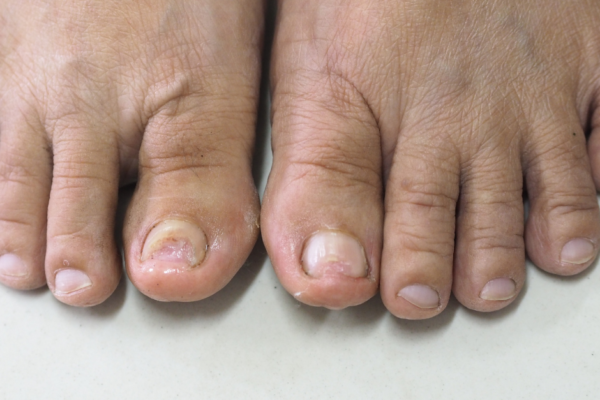
A fungal infection occurs when a fungal organism grows uncontrollably on the foot or nails. Athlete’s foot (Tinea Pedis) and fungal nails (Onychomycosis) are the most common fungal problems with feet. These infections, particularly fungal nails, can persist for years without ever causing pain. Therefore, many people don’t realize they have a fungal skin or nail infection and don’t seek treatment. Fungal nails, characterized by a change in the nail’s color, thickness and appearance, are often considered nothing more than unsightly. However, if left untreated, these infections can present serious problems.


